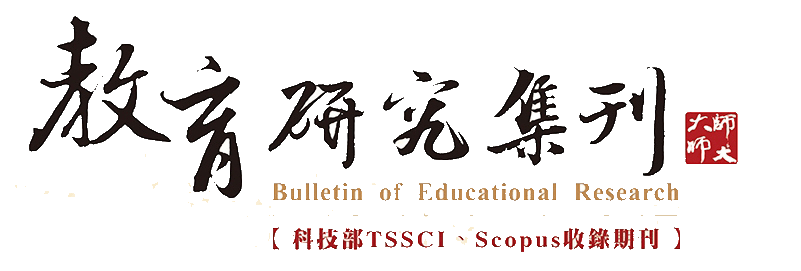| 篇名 |
第二次世大戰前新加坡華文教育之發展
更多文章
|
|---|---|
| 並列篇名 | The Development of Chinese Education in Singapore before the Second World War |
| 作者 | 陳平福 |
| 中文摘要 | 十九世紀時,大批華人離鄉背井,乘風破浪,漂洋過海遠赴南洋謀生。隨著華人的南渡,華族傳統的風俗習慣與教育文化,亦隨之宏揚海外。新加坡華僑先人憑著刻苦耐勞,奮鬥進取之精神,拓荒與經商,均有所成。在經濟富裕,生活安定之餘,深覺興辦學校以教育子孫之重要。乃在城市與鄉村普遍設立學校,歷經先人之培育與灌溉,華文教育遂在海外生根茁壯,並開花結果,惟先賢光榮史蹟,因事過境遷,或略而不詳,或詳而不盡,且恐久而散佚,乃不揣棉薄之力,就華文教育之發展,搜集整理,明其起源,辦其發展,詳其內涵,證其史實,藉彰於世。故本研究之目的有五:一、探求自一八一九年,新加坡成為英國殖民地後至第二次世界大戰期間,華文教育發展之史實。二、明瞭第二次世界大戰前,華文教育在新加坡所歷經的艱辛路程,以為今後之借鑑。三、表明華族先賢披荊斬棘,前朴後繼,自力更生,奮發圖?,從荒蕪中創立民族教育的大無畏精神。四、為後人興辦華文教育之鼓勵。五、申明華文教育在新加坡共和國所擔負的任務。 |
| 英文摘要 | During the nineteenth century, large numbers of Chinese left their homeland and braved the regours of wind and waves to make the long ocean voyage to southeast Asia in order to establish a livelihood there. Following this southern emigration of Chinese, traditional Chinese customs Chinese in Singapore, through bitter perseverance and hard work in the spirit of advancement through struggle, managed considerable achievement in pioneering development and commerce. With excess resources from commercial prosperity and a stable living, these people very much felt the importance of setting up schools in order to teach their young. Thus, schools were established broadly in both the city and countryside. With the care an attention of these settlers Chinese education oversea tool root and grew, blossomed and brought forth fruit. However, as to the glorious historical achievements of these first community leaders, due to the change in circumstances and environment, the information is sometimes sketchy and not sufficiently detailed, and sometimes it is detailed but not sufficiently thorough. Moreover, over a period of time these has been loss and errors. I have thus, with what meager skills I possess, endeavored to collect and give order to the development of Chinese education, to trace its origins, define its development, detail its content and establish its historical realities, thereby to increase contemporary understanding of it. To this end the objectives study have been divided into five major points: 1.To examine the history of development of Chinese education in Singapore from 1819, when it became an English colony, to the time of the second world war. 2. To reach an understanding of the difficulties experienced in the development process of Chinese education in Singapore before world war two, so that it may serve as a reference for the future. 3. To demonstrate the fearless spirit in which the Founding Fathers tamed the wilderness, and continued ever forward bravely, independently improving their lives, struggling and planning to develop and grow strong, and thus established their culture's education in a wild and undeveloped land. 4. To inspire later generations to support Chinese education. 5. To elucidate the responsibility which Chinese education bears in the Republic of Singapore. In hopes of fulfilling the goals outlined above, historical research methods have been employed in this paper. In order that the complete body of Chinese education can be understood, both direct and indirect materials have first been sought out and arranged;it has then been read and investigated in detail while at the same time its veracity ahs been ascertained. Following that, the history, social back ground and special characteristics of Chinese education have been discerned and divided into four periods according to historical progression. This has been done so as to simplify their discussion. In fact, all of the causes and effect considered constitute a continuous progression. A more detailed investigation of the nature and special characteristics of each period's developments will follow, and then the c |
| 起訖頁 | 647-652 |
| 刊名 | 教育研究集刊 |
| 期數 | 197806 (20:1期) |
| 出版單位 | 國立臺灣師範大學教育學系 |
| 該期刊-上一篇 | 特殊教育師資專業能力分析研究 |








